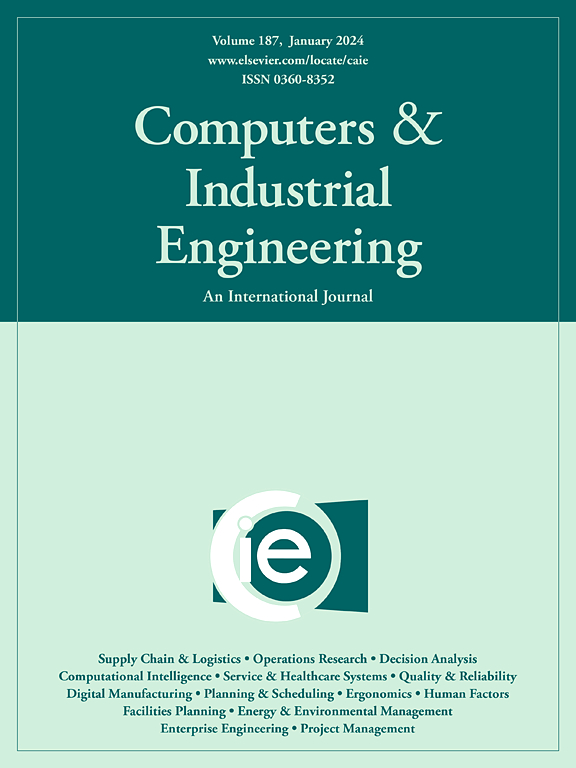SPINEX-TimeSeries:针对时间序列和预测问题的基于相似性的预测与可解释邻域探索
IF 6.7
1区 工程技术
Q1 COMPUTER SCIENCE, INTERDISCIPLINARY APPLICATIONS
引用次数: 0
摘要
本文章由计算机程序翻译,如有差异,请以英文原文为准。
SPINEX-TimeSeries: Similarity-based predictions with explainable neighbors exploration for time series and forecasting problems
This paper introduces a new addition to the SPINEX (Similarity-based Predictions with Explainable Neighbors Exploration) family, tailored specifically for time series and forecasting analysis. This new algorithm leverages the concept of similarity and higher-order temporal interactions across multiple time scales to enhance predictive accuracy and interpretability in forecasting. To evaluate the effectiveness of SPINEX, we present comprehensive benchmarking experiments comparing it against 18 algorithms and across 49 synthetic and real datasets characterized by varying trends, seasonality, and noise levels. Our performance assessment focused on forecasting accuracy and computational efficiency. Our findings reveal that SPINEX consistently ranks among the top 5 performers in forecasting precision and has a superior ability to handle complex temporal dynamics compared to commonly adopted algorithms. Moreover, the algorithm’s explainability features, Pareto efficiency, and medium complexity (on the order of O(log n)) are demonstrated through detailed visualizations to enhance the prediction and decision-making process. We note that integrating similarity-based concepts opens new avenues for research in predictive analytics, promising more accurate and transparent decision making.
求助全文
通过发布文献求助,成功后即可免费获取论文全文。
去求助
来源期刊

Computers & Industrial Engineering
工程技术-工程:工业
CiteScore
12.70
自引率
12.70%
发文量
794
审稿时长
10.6 months
期刊介绍:
Computers & Industrial Engineering (CAIE) is dedicated to researchers, educators, and practitioners in industrial engineering and related fields. Pioneering the integration of computers in research, education, and practice, industrial engineering has evolved to make computers and electronic communication integral to its domain. CAIE publishes original contributions focusing on the development of novel computerized methodologies to address industrial engineering problems. It also highlights the applications of these methodologies to issues within the broader industrial engineering and associated communities. The journal actively encourages submissions that push the boundaries of fundamental theories and concepts in industrial engineering techniques.
 求助内容:
求助内容: 应助结果提醒方式:
应助结果提醒方式:


